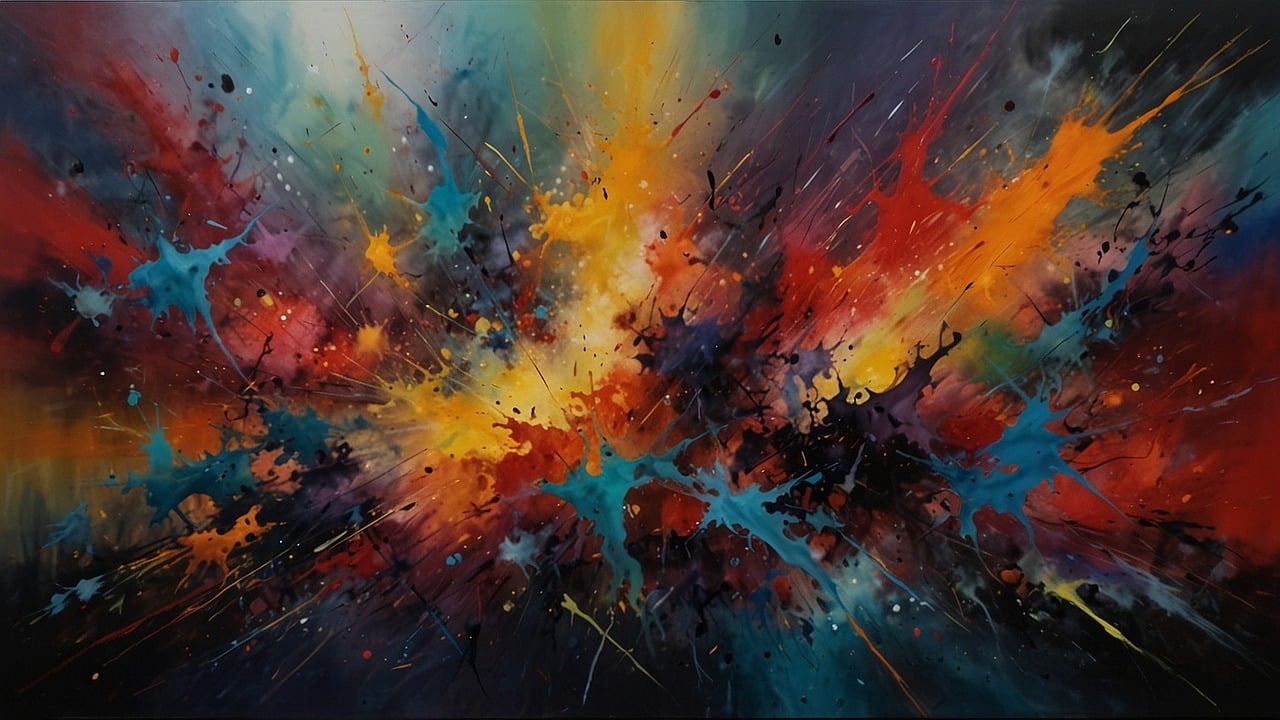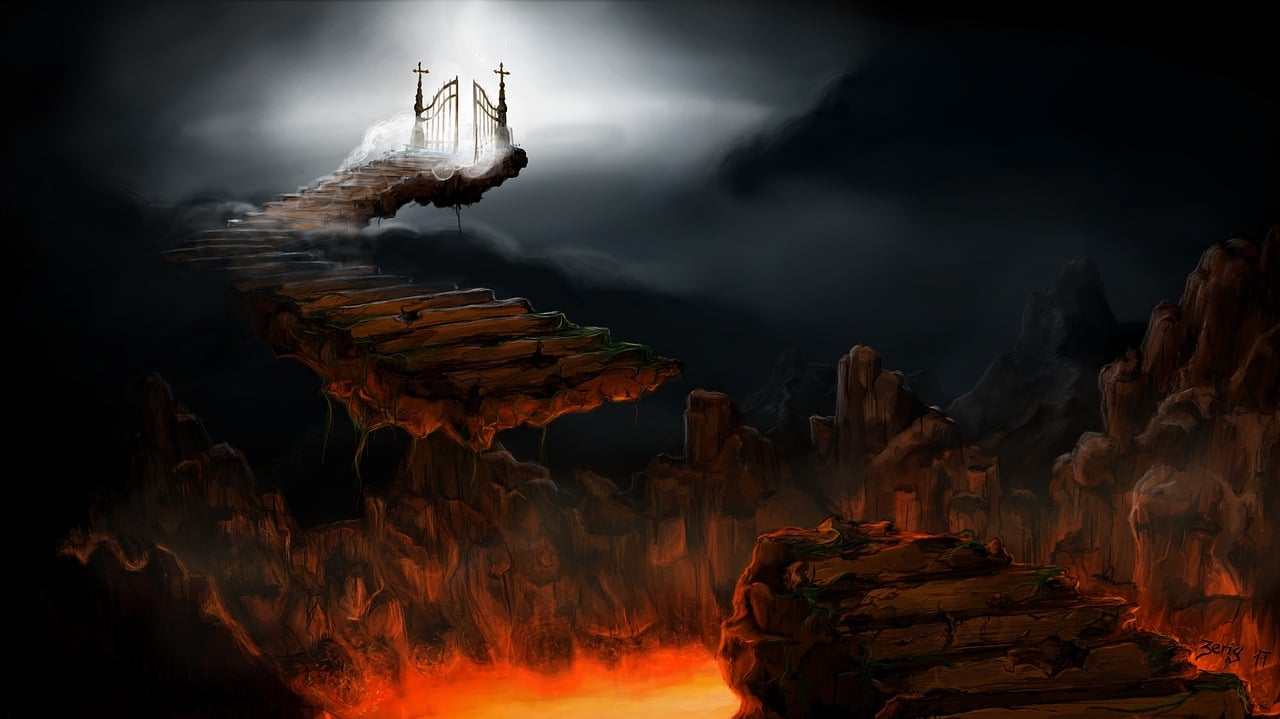The Evolution of Digital Art
Digital art has come a long way since its inception, transforming the landscape of creativity and artistic expression. From humble beginnings to the cutting-edge techniques we see today, the journey of digital art is a testament to human innovation and technological progress.
Early Beginnings
The roots of digital art can be traced back to the 1960s and 1970s when pioneers like Harold Cohen began exploring the potential of computers in artistic creation. Cohen’s AARON project, an artificial intelligence program designed to create original artworks, marked a significant milestone in the intersection of technology and art.
| Year | Milestone |
|---|---|
| 1963 | Ivan Sutherland creates Sketchpad, considered the first computer graphics program |
| 1968 | Cybernetic Serendipity exhibition in London showcases computer-generated art |
| 1973 | Harold Cohen begins development of AARON |
| 1979 | First SIGGRAPH (Special Interest Group on Computer Graphics) Art Show |
These early experiments laid the groundwork for what would become a revolutionary artistic medium. Artists and technologists worked in tandem, pushing the boundaries of what was possible with digital tools.
The Impact of Technology
The 1990s saw a dramatic shift in the accessibility and capabilities of digital art tools. The release of Adobe Photoshop in 1990 was a watershed moment, democratizing digital art creation and putting powerful tools in the hands of artists worldwide.
Key technological developments that shaped digital art:
- Introduction of affordable personal computers
- Development of graphics tablets and styluses
- Advancements in 3D modeling and animation software
- Emergence of the internet as a platform for sharing and collaboration
- Improvements in digital printing technologies
These advancements not only expanded the toolkit available to artists but also blurred the lines between traditional and digital art forms. Artists could now seamlessly blend hand-drawn elements with digital manipulation, creating hybrid works that challenged conventional categorizations.
Pioneers of the Digital Canvas

As digital art evolved, a new generation of artists emerged, pushing the boundaries of the medium and exploring its unique possibilities.
Laurie Anderson and Hsin-Chien Huang
Laurie Anderson, a renowned multimedia artist, and Hsin-Chien Huang, a digital art pioneer, have collaborated on groundbreaking virtual reality projects that redefine immersive art experiences. Their collaborative VR project, “The Chalkroom,” invites viewers into a vast, dark space where words, drawings, and stories float in the air, creating a unique narrative environment.
Notable works by Anderson and Huang:
- “Aloft” (2017) – A VR experience simulating the sensation of flying
- “To the Moon” (2018) – An exploration of lunar landscapes and space travel
- “The Chalkroom” (2017) – An immersive VR journey through words and stories
Their work demonstrates the potential of VR to create deeply engaging and emotionally resonant artistic experiences, challenging our perceptions of space, narrative, and interaction.
Ian Cheng
Ian Cheng’s work sits at the intersection of art, artificial intelligence, and video game technology. His “Emissary” trilogy, a series of live simulations, explores the concept of emergent behavior and the evolution of cognitive complexity.
Cheng’s simulations are unique in that they are not pre-programmed sequences but rather complex systems that evolve in real-time, often in unpredictable ways. This approach blends elements of gaming, artificial life, and traditional art, creating works that are constantly changing and evolving.
The “Emissary” trilogy consists of:
- “Emissary in the Squat of Gods” (2015)
- “Emissary Forks at Perfection” (2015-2016)
- “Emissary Sunsets the Self” (2017)
These works challenge our understanding of what constitutes an artwork, blurring the lines between creator, creation, and viewer.
Jacolby Satterwhite
Jacolby Satterwhite’s work exemplifies the potential of 3D animation to create immersive, queer digital worlds. His practice combines video, 3D animation, drawing, and performance to explore themes of memory, desire, and personal history.
Satterwhite’s major projects include:
- “Reifying Desire” (2011-2014) – A six-part 3D animated series
- “Avenue B” (2018-2019) – A virtual reality experience exploring New York City’s queer nightlife
- “We Are In Hell When We Hurt Each Other” (2020) – A digital animation incorporating dance and 3D modeling
His work stands out for its vibrant, surreal aesthetics and its exploration of identity and sexuality in digital spaces. Satterwhite’s creations offer viewers a glimpse into richly detailed, fantastical worlds that challenge conventional narratives and representations.
The Role of NFTs in Digital Art
The advent of Non-Fungible Tokens (NFTs) has dramatically reshaped the digital art market, offering new opportunities for artists to monetize and authenticate their work.
Understanding NFTs
NFTs are unique digital assets that use blockchain technology to verify ownership and authenticity. For digital artists, NFTs provide a way to create scarcity and value for their work in a medium that has traditionally been easy to replicate.
| Traditional Art Sales | NFT Art Sales |
|---|---|
| Physical ownership | Digital ownership |
| Authenticity verified by experts | Authenticity verified by blockchain |
| Limited by physical scarcity | Scarcity created through tokenization |
| Requires physical storage and maintenance | Stored digitally |
| Traditional auction houses and galleries | Online marketplaces and platforms |
NFTs have opened up new possibilities for digital artists to sell their work directly to collectors, bypassing traditional gatekeepers in the art world.
Case Studies of Successful NFT Artists
The NFT art market has seen some remarkable success stories, with digital artists achieving unprecedented sales figures for their work.
One of the most notable examples is Mike Winkelmann, known professionally as Beeple. His NFT artwork “Everydays: The First 5,000 Days” sold for a staggering $69 million at Christie’s auction house in March 2021. This sale not only set a record for NFT art but also placed Beeple among the top three most valuable living artists at the time.
Other successful NFT artists include:
- Pak, whose “The Merge” NFT artwork sold for $91.8 million in December 2021
- Mad Dog Jones, whose “REPLICATOR” NFT sold for $4.1 million in April 2021
- FEWOCiOUS, a teenage artist who sold $18 million worth of NFTs in a single day
These high-profile sales have had a significant impact on the art world, challenging traditional notions of value and collectibility in art. They have also sparked debates about the environmental impact of blockchain technology and the long-term sustainability of the NFT market.
Virtual Reality: A New Frontier

Virtual Reality (VR) technology has opened up exciting new possibilities for digital artists, allowing them to create fully immersive, interactive experiences that go beyond traditional 2D or even 3D art forms.
The Potential of VR
VR art allows viewers to step inside the artwork, offering a level of immersion and interaction previously impossible. Artists can create entire worlds for viewers to explore, manipulate, and experience in ways that blur the line between creator and audience.
Tools and software commonly used in VR art creation:
- Tilt Brush by Google
- Oculus Medium
- Quill
- SculptrVR
- A-Frame (for web-based VR experiences)
These tools allow artists to paint, sculpt, and design in three-dimensional space, creating works that can be experienced from multiple angles and perspectives.
Leading VR Artists
Sidsel Meineche Hansen is at the forefront of VR art, using the medium to explore themes of digital bodies, sexuality, and the impact of technology on human experience. Her work “DICKGIRL 3D(X)” challenges viewers to confront their perceptions of gender and embodiment in virtual spaces.
Other notable VR artists include:
- Rachel Rossin, whose “I Came and Went as a Ghost Hand” (2015) blends painting and VR to create haunting, ethereal experiences
- Daniel Steegmann Mangrané, whose “Phantom (kingdom of all the animals and all the beasts is my name)” (2014-2015) transports viewers to a digitally rendered Brazilian rainforest
- Jakob Kudsk Steensen, known for large-scale VR ecosystems that blend science and mythology
These artists demonstrate the vast potential of VR as an artistic medium, creating works that are not just viewed but experienced in deeply engaging ways.
The Future of Digital Art
As technology continues to advance at a rapid pace, the future of digital art holds exciting possibilities and challenges.
Emerging Trends
Several emerging trends are shaping the future landscape of digital art:
- AI-generated art: Artists are increasingly collaborating with AI systems to create unique works
- Augmented Reality (AR) art: Blending digital elements with the physical world
- Blockchain-based art platforms: Decentralized marketplaces for buying and selling digital art
- Generative art: Algorithms that create ever-changing artworks
- Bio-art: Combining digital technologies with living organisms
- Interactive installations: Large-scale digital artworks that respond to viewer input
These trends point to a future where the boundaries between digital and physical art continue to blur, and where interactivity and personalization become increasingly important.
Challenges and Opportunities
As digital art evolves, it faces both challenges and opportunities:
Challenges:
- Ensuring long-term preservation of digital artworks
- Addressing issues of copyright and intellectual property in the digital realm
- Balancing technological innovation with artistic intent
- Navigating the environmental impact of energy-intensive technologies
Opportunities:
- Democratization of art creation and distribution
- New forms of collaboration between artists, technologists, and audiences
- Exploration of complex themes through immersive, interactive experiences
- Integration of art with other fields such as science, education, and social activism
As digital artists continue to push the boundaries of what’s possible, they will play a crucial role in shaping our understanding of art, technology, and human creativity in the 21st century.
Conclusion
The rise of digital art represents a paradigm shift in the world of creative expression. From its early beginnings in computer graphics to the immersive VR experiences and blockchain-authenticated NFTs of today, digital art has continually evolved, challenging our perceptions of what art can be.
The pioneers of the virtual canvas have shown us that digital tools are not just a means of replicating traditional art forms but a medium for creating entirely new modes of artistic expression. As we look to the future, it’s clear that digital art will continue to play a vital role in shaping our cultural landscape, pushing the boundaries of creativity, and exploring the complex relationship between humanity and technology.
As digital art continues to evolve, it invites us all to reconsider our understanding of art, authorship, and experience. The virtual canvas is not just a new medium; it’s a new frontier for human creativity and expression.